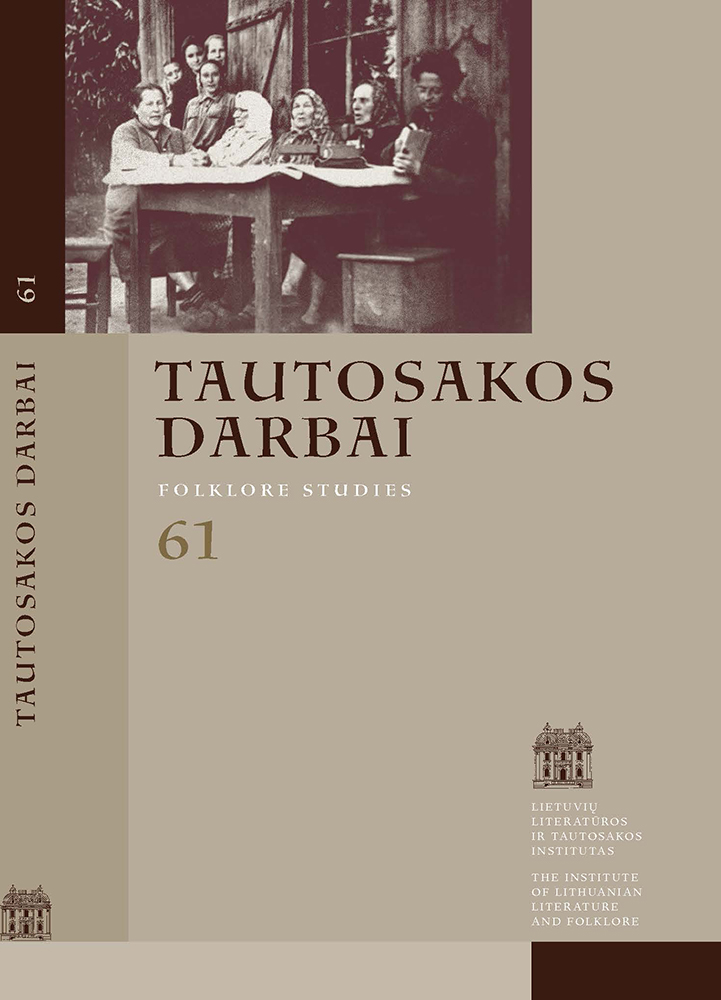Autentiškumo slinktys: elektroninė šokių muzika kaip terpė šiuolaikinei folkloro raiškai
Santrauka
Straipsnyje apžvelgiama lietuviško muzikinio postfolkloro šaka – postfolklorinė elektroninė muzika, daugiausia dėmesio skiriant šokių muzikos atšakai. Aptariant ryškiausius kūrėjus, stilistines linkmes ir kūrybines prieigas, siekiama įvertinti dviejų skirtingos prigimties kultūrų jungimosi problematiką: liaudies dainos pokytį, prasmines, dermines ir atlikimo slinktis, elektroninės muzikos poveikį liaudies dainos visumai ir atvirkščiai. Tokios muzikos kūryba neretai pasirodo kaip savaimingas sąmonės judesys, sėkmingai artinantis etninę kultūrą prie šiuolaikinio klausytojo. Gausėjant autorių atsiranda naujų požanrių ir skirtingų kūrybos būdų. Visumai ir kryptims įvertinti remiamasi kitų autorių tyrimais, muzikos įrašais, pokalbiais su kūrėjais ir asmenine autorės patirtimi, įgyta dalyvaujant tokios muzikinės kultūros renginiuose kaip atlikėjai ar juos organizuojant.
